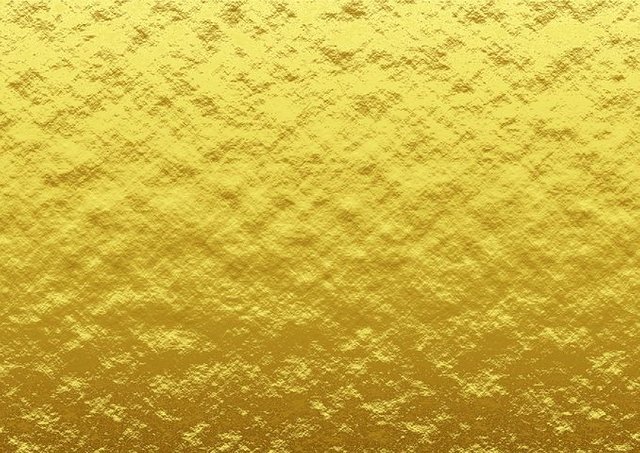A golden touch for solar panels
Japanese scientists have created a more efficient photovoltaic cell that uses gold nanoparticles to absorb more of light.

By sandwiching a semiconductor between two gold layers so that light bounces between them, researchers have boosted the light conversion efficiency of a photodiode by more than 10 fold, which could improve the performance of solar panels.
The use of photovoltaic cells is increasing, but the current best technologies are only 15–20% efficient in converting light to electricity.
Scientists from Hokkaido University have discovered that a photoelectrode in which a thin layer of semiconducting titanium dioxide is sandwiched between a gold film and a layer of gold nanoparticles is 11 times more efficient in converting light into an electric current than the same structure without the gold film.
They found that when the gold nanoparticles were irradiated with light, the gold film below it acted as a mirror, trapping the light between the two layers and allowing the nanoparticles to absorb up to 85% of the visible light incident on them.
This article was first published by Springer Nature. Read the original article at https://www.natureindex.com/article/10.1038/s41565-018-0208-x.
To read more of my writings check out my website at https://gluons2galaxies.com.
Source
Copying/Pasting full or partial texts without adding anything original is frowned upon by the community. Repeated copy/paste posts could be considered spam. Spam is discouraged by the community, and may result in action from the cheetah bot.
More information and tips on sharing content.
If you believe this comment is in error, please contact us in #disputes on Discord
Hi! I am a robot. I just upvoted you! I found similar content that readers might be interested in:
https://www.natureindex.com/article/10.1038/s41565-018-0208-x